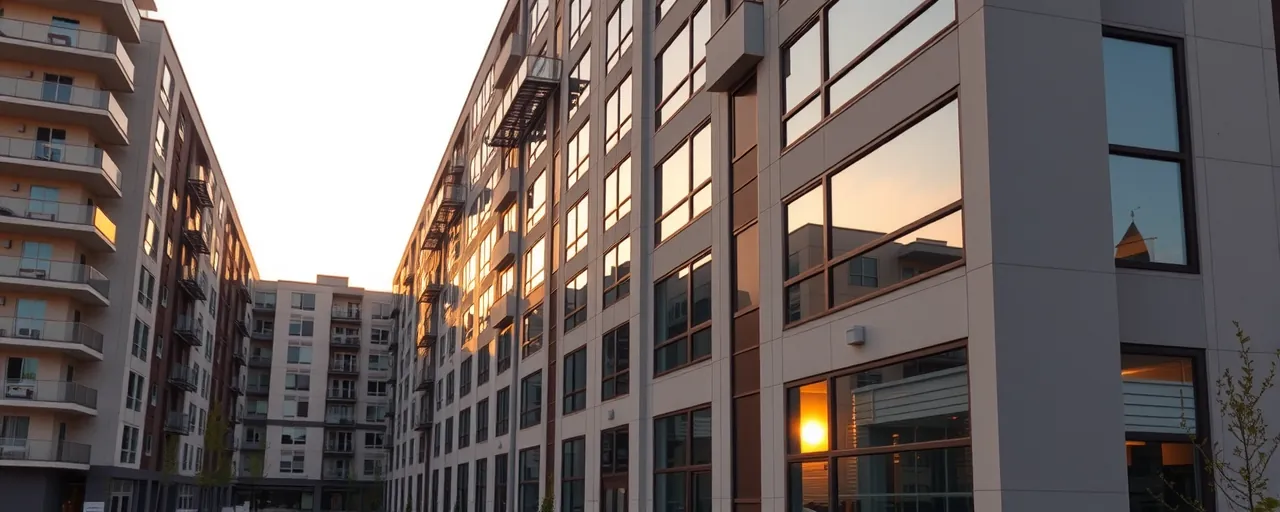A New Housing Project, But At What Price?
Sacramento’s Monarch housing project kicked off this week, turning a forgotten state warehouse lot into 241 homes for low-income residents. Governor Gavin Newsom’s administration is celebrating, framing it as a lifeline for struggling families. At first glance, it’s hard to argue with new homes in a state desperate for them. But peel back the curtain, and the project raises serious questions. Why is the state bankrolling a real estate venture with public funds?
Monarch stems from Newsom’s Excess Sites Program, a plan to repurpose underused state land for housing. It’s not just about leasing land; it’s about pouring millions in grants, loans, and waived fees into these developments. Taxpayers are left holding the bag for a project that feels more like a political win than a practical solution. With California’s housing crisis looming large, is this really the smartest way to spend scarce resources?
The root of the state’s housing shortage, a staggering 1.5 million homes for low-income renters, isn’t a lack of state land. Decades of restrictive zoning, crippling taxes, and bureaucratic hurdles have stifled private builders. Instead of tackling those barriers, Newsom’s team is leaning into government-led projects. Monarch’s promise of affordable homes is appealing, but it masks a deeper issue: the state’s growing control over markets that thrive on private innovation.
Excess Sites: Big Promises, Bigger Costs
Since its 2019 launch, the Excess Sites Program has pushed 32 housing projects, including Monarch, with 4,300 homes in development. The state’s new digital portal and streamlined bidding process aim to speed things up. Yet the program remains a bureaucratic beast, dishing out over $123 million in grants to prop up these deals. Monarch alone snagged $10 million from the state, plus $8 million in loans and $3.3 million from Sacramento.
Private developers don’t need government cash to build homes. They need a system that doesn’t strangle them with regulations and taxes. In the 1980s, New York City’s housing revival relied on public-private partnerships that delivered thousands of units without bloated state programs. California could take notes. Instead, Newsom’s approach funnels public money into projects that tilt the market and favor well-connected developers.
Then there’s the question of value. Monarch reserves 20 units for the homeless, paired with supportive services. That’s a noble goal, but permanent supportive housing often costs taxpayers $23,000 to $31,500 per person each year. Rapid rehousing, by contrast, moves people into stable homes in months at a lower cost, with 75 to 91 percent staying housed after a year. Why is California betting on pricier models when leaner options exist?
Let Markets Lead the Way
California’s housing woes aren’t unique, but the solution lies in markets, not mandates. The federal Low-Income Housing Tax Credit program, in place since the 1980s, has built millions of affordable homes by incentivizing private investment. It’s a proven tool that doesn’t rely on state-controlled land deals. California’s fixation on projects like Monarch overlooks this approach, favoring government oversight over market efficiency.
Some argue private developers won’t prioritize low-income families without state intervention. That claim falls apart under scrutiny. Ease zoning restrictions, cut permitting costs, and offer smart tax incentives, and builders will deliver homes across price ranges. Infill projects like Monarch can boost walkability and local jobs by 10 to 25 percent, but private firms can execute them faster and cheaper without state bureaucrats in the driver’s seat.
Newsom’s team insists repurposing state land serves the public good. Yet true public good comes from empowering people, not expanding government programs. Monarch’s retail space and bike parking are fine additions, but they don’t justify the millions in public funds spent. Leasing state land to private developers at market rates could generate revenue for schools or tax cuts. Why isn’t that on the table?
A Smarter Road Ahead
California’s housing crisis calls for bold ideas, but Monarch and the Excess Sites Program miss the mark. They reflect a state hooked on overreach, not solutions. The answer lies in unleashing private enterprise. Simplify regulations, empower local governments, and let competition drive down costs. That’s the path to homes Californians can afford.
Taxpayers shouldn’t be stuck funding projects that boost political egos. Monarch’s 241 homes are a drop in the bucket against a 1.5-million-unit shortfall. Principles of fiscal discipline, market freedom, and local control point to a better way. California’s big-government experiment has failed for decades. Isn’t it time to trust markets instead?
The future demands policies that respect Californians’ ability to solve their own challenges. Lease state land to private builders, cut the red tape, and watch housing flourish. Monarch may be breaking ground, but its foundation is shaky. California’s cities need freedom from Sacramento’s heavy hand to truly thrive.
